Are you having trouble managing mounting energy bills due to your family’s hot water needs?
What if we told you that the sun, which provides energy for electricity, can be used directly to heat your water? That’s right; instead of installing traditional or smart water heaters, it would be best to use a solar water heater for all your heating needs.
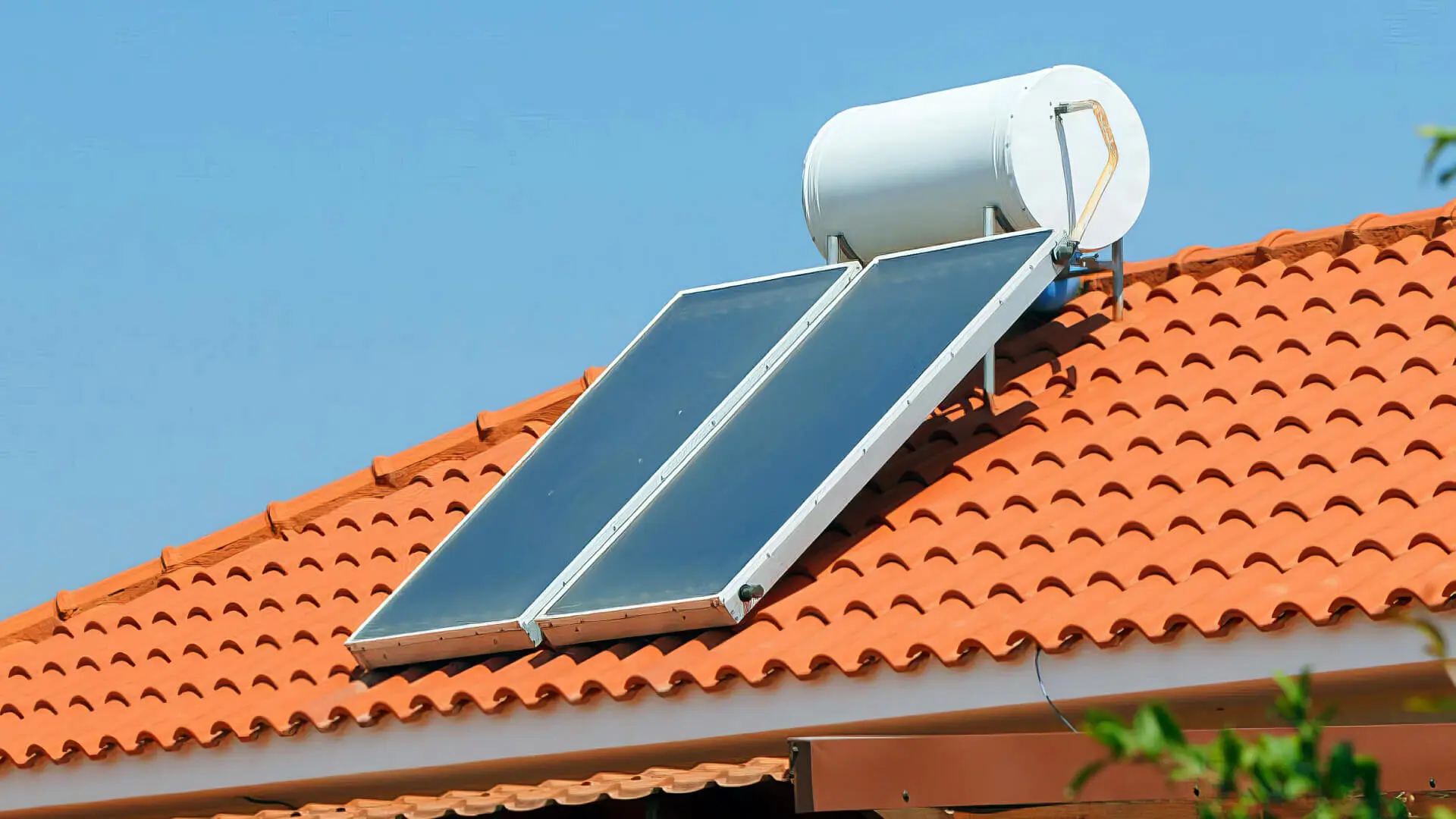
But you might be wondering — can I add a solar water heater to an existing system? The answer is yes, thanks to the availability of active and passive heating systems. Read this guide for all the information and explore these opinions in further detail.
Can I Add A Solar Water Heater To An Existing System?
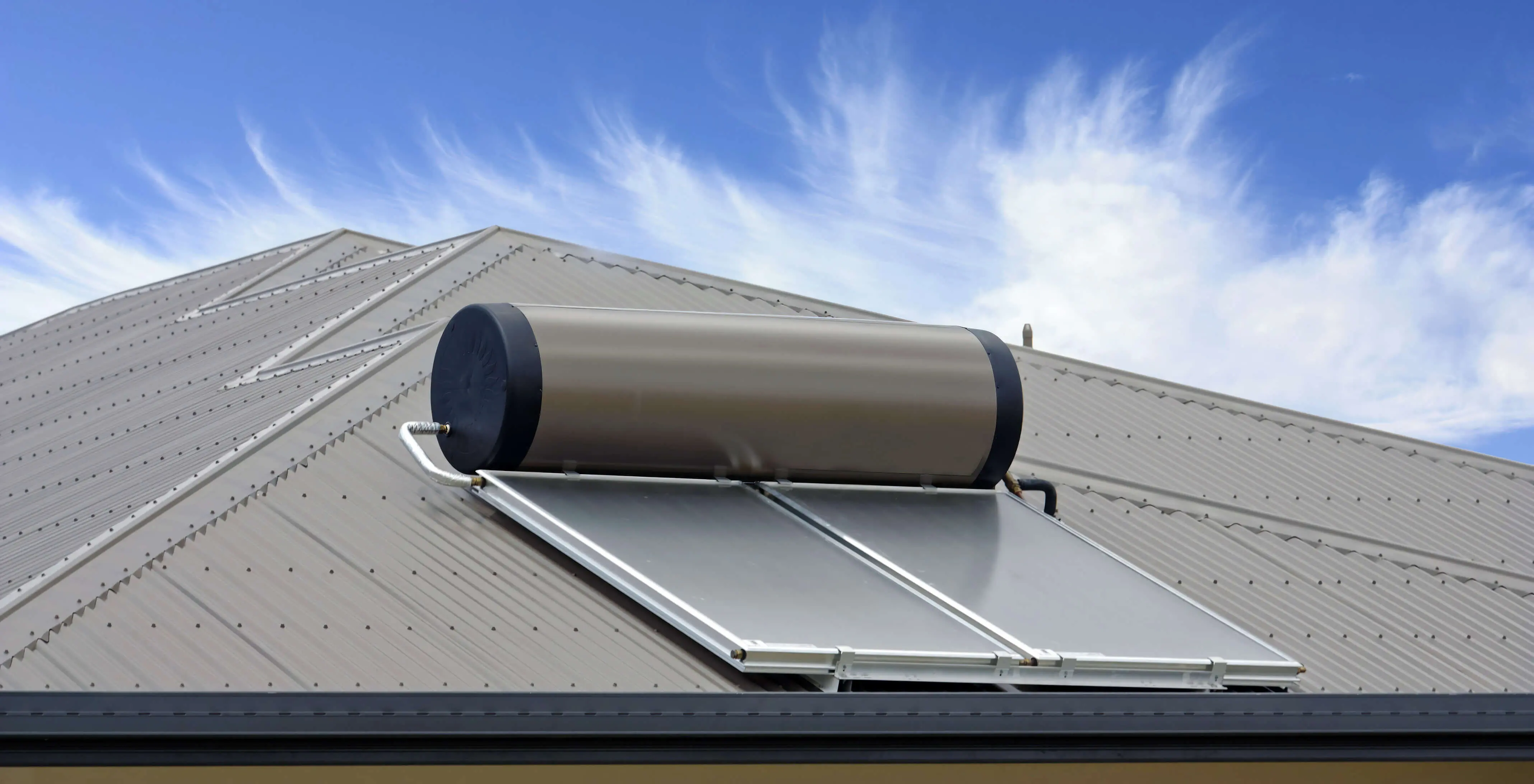
You can integrate a solar water heater into your existing setup by opting for an active or passive heating system. Active systems rely on mechanical methods for water circulation, while passive ones use natural convection.
But keep in mind, convection only functions if the tank is placed above the collector. So, if your water heater is at ground level, you’ll need an active system.
You also have the option to choose between an open-looped or closed-loop mechanism. With an open-looped system, you can pass water directly into the tank from the collector, but if you prefer closed systems, retrofit an internal coil to the water heater.
The difference between these two systems is that an open-loop system heats faster and is low-maintenance since it doesn’t require a freeze-resistant fluid like closed-loop systems. To better understand these systems let’s look at how a solar heater works to understand these systems better.
How Does A Solar Water Heater Work?
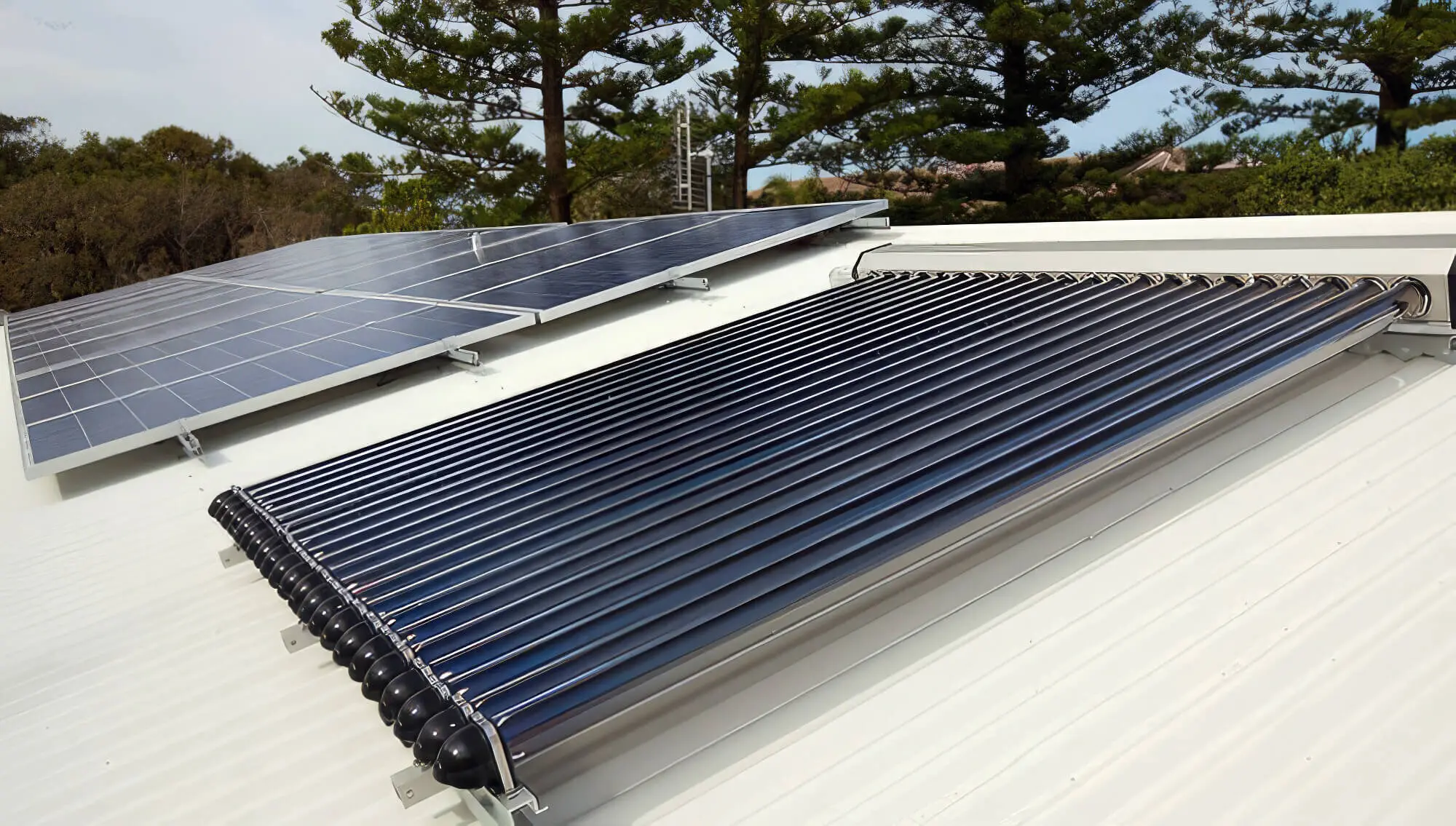
A modern solar water heater includes two main parts: a collector, which heats the water, and a tank for storing it. Proper insulation of the tank is crucial, and you should place the collector in a sunny spot near the tank.
These systems need adequate circulation to maintain hot water in the tank, so picking the right solar panels is essential. Ensure your chosen panels are compatible with the collector for optimal roof installation and sunlight exposure.
You can even place the storage tanks on the roof or within a protected space on the ground.
Advantages Of Adding A Solar Water Heater
1. Cost Cutting
The main advantage of solar water heaters is that they are cost-effective. They use energy from the sun to heat the water rather than electricity, which helps reduce heating costs and electricity expenses. However, the installation charges are high, although it will prove effective in the long run.
2. Low Maintenance
Most solar water heaters are easier to maintain than other water heating systems due to their off-grid nature. You already know how such systems don’t run on fuel and last longer than smart electric water heaters. Whereas traditional water heaters only last 8–10 years, solar water heaters have an average lifespan of 20 years.
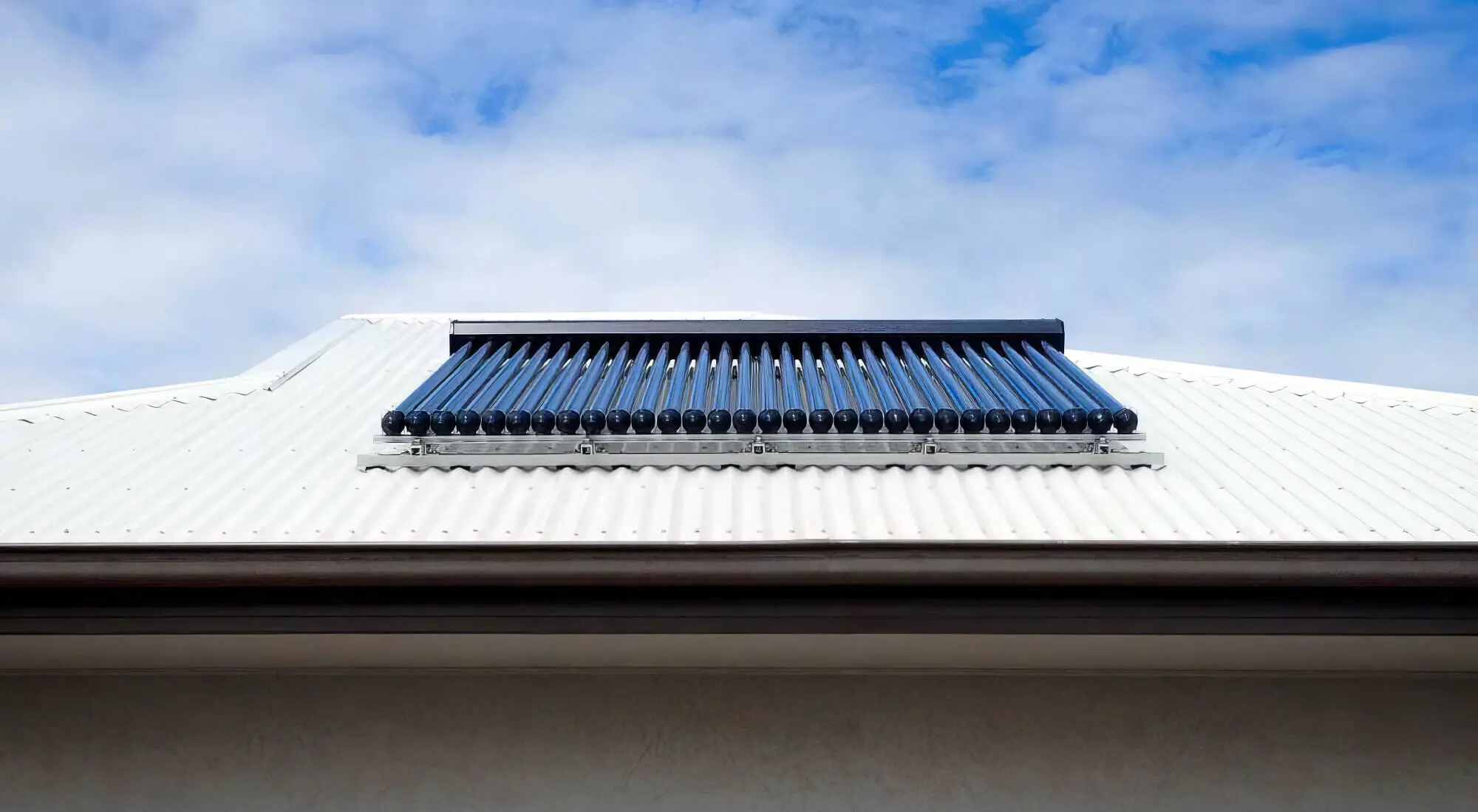
3. Environment-Friendly
Because solar water heaters don’t use fossil fuels, they are also eco-friendly. Solar water heaters use renewable energy, so there’s no chance of depleting energy resources. Moreover, no harmful emissions are released into the atmosphere, which makes these systems a safe alternative.
How To Add A Solar Water Heater To An Existing System
We have shortlisted two methods to add solar water heaters to an existing system.
A. Direct Configuration
For active water heating systems with an open loop, you will need two tanks—one tank helps circulate water while the other feeds water into the system. These are storage and collector tanks, so you must split the cold water line, ensuring it goes to both tanks.
The line connecting to the collector contains a circulation pump to keep the water moving. When the heater is sufficiently heated, water leaves the storage tank and passes through a connecting pipe to enter the water heater.
The heating element or burner raises the temperature until the water is hot enough for use.
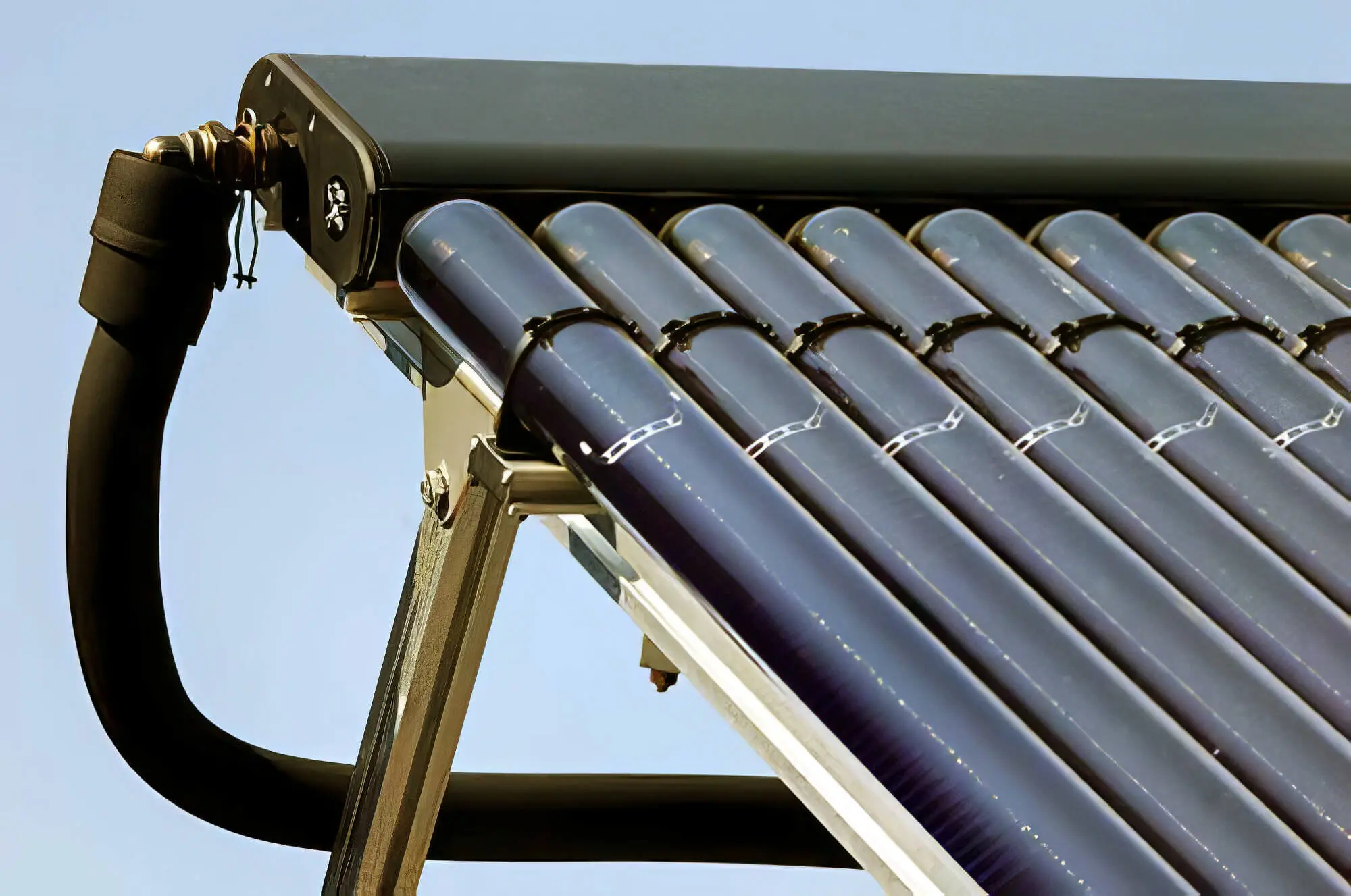
B. Thermosyphon Configuration
This is part of a passive system and comprises a solar heating panel connected to a rooftop tank. Since these systems are standard worldwide, especially in Australia, many homeowners route the cold water in the water heater through the solar tank.
But remember that a thermosyphon configuration is best suited for warm or moderate climates, as heat radiates from the pipes in cold weather. To prevent this, people in colder Australian cities insulate the pipes to minimise heat loss and position the collector close to the water heater.
Make sure your roof can handle the weight of a full tank. It’s a crucial consideration to avoid structural issues.
Adding A Solar Water Heater System
As you can see, adding a solar water heater to an existing system isn’t difficult, especially when you have a clear idea of what system to use.
However, contact a licensed plumber for the installation instead of doing it yourself. Working with plumbing systems is complicated even for DIY experts, but professional plumbers can check all the pipelines and connections to provide appropriate suggestions.
Although solar water heaters are low maintenance, you must clean the tank, solar panels, and pipelines so the system runs smoothly. To choose the correct solar water heater, consider budget, personal requirements, or professional advice.



